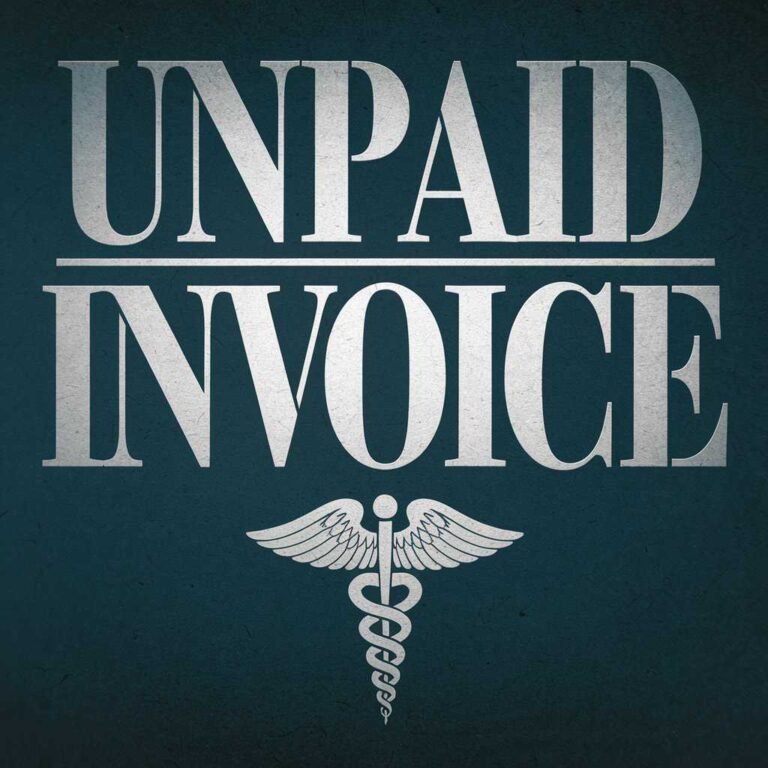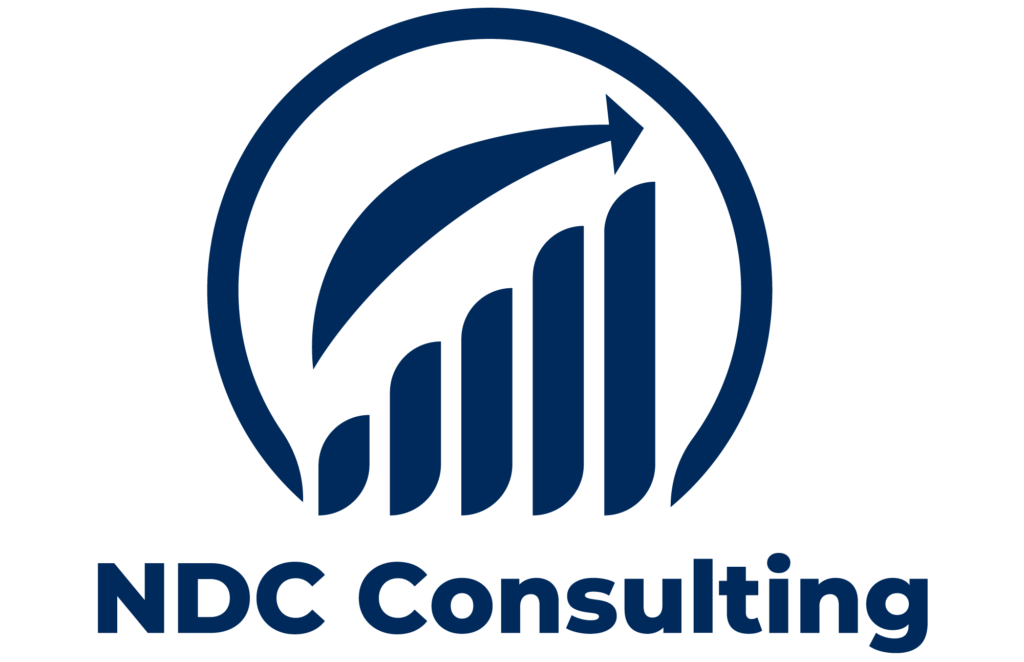
In order to get late payments from clients, 94% of bookkeepers in the US believe they must “chase down” them. This is a regrettable and frequently tense aspect of managing an enterprise. specifically one in the field of healthcare. If unresolved, unpaid invoices may cause a significant amount of lost income. It is therefore necessary to follow up with them in this situation.
Making the distinction between “common” and “unavoidable” situations is crucial. Though they may not always be avoided, late payments may nonetheless occasionally occur in your company. Actually, you may cut down on the amount of unpaid bills you have by implementing a few simple changes into your everyday routine.
Among these specifics are:
- finding the reason behind them.
- how to avoid them.
- How to respond to an invoice that hasn’t been paid.
How Unpaid Invoices Affect Your Business
As of 2022, 49% of business invoices in the US are overdue, according to a study. nearly half! If the matter is not appropriately followed up on, that represents a sizable portion of incoming money that is being lost. What precisely are unpaid bills then? These are invoices that companies send to clients following the delivery of a good or service, but the money is never paid. Very simple! Your business will earn less money the more unpaid bills it has floating around in the ether. Consequently, your company will receive less funding.
You may also refer to these bills as “accounts receivable.” This represents the anticipated flow of cash for your business. This is money that your company is entitled to. Your company’s cash flow, which pays for expenses like rent and payroll, is essential to its survival. Cash flow gaps that affect your company’s capacity to meet financial obligations and continue operations are to be expected if there is a delay in cash flow.
Here are some additional situations when unpaid invoices might harm your business:
- Resource Allocation: You are inevitably devoting focus away from other crucial duties if you have so many outstanding invoices that you have to send staff members to follow up with clients. This might significantly affect the productivity of your entire company.
- Credit: A high percentage of delinquent invoices might have a negative impact on your credit rating if your company depends on loans or a line of credit. You are increasing the difficulty of obtaining the required funding.
- Investment and Growth: A company’s ability to expand may be hampered by any financial pressure. The ability to grow operations, hire more employees, and invest in new prospects must then be prioritized.
- Budgeting: When operating a firm, it’s imperative to have precise financial forecasting skills. It can be challenging to allocate resources when considering future initiatives if you have a large number of outstanding invoices. This can complicate budgeting efforts.
What Causes Unpaid Invoices?
Unpaid invoices are ultimately the result of poor or nonexistent communication. At its most fundamental, an invoice is, after all, a communication tool.
A business uses it as a means of informing a client that they provided them with a service or good and that they now owe money. Hence, it is reasonable to presume that there is a communication problem when an invoice is not paid on time.
These are a few of the most common reasons for unpaid bills:
- Cash flow problems among your clients: Because of their financial problems, your clients might have to put off payment.
- Disputes: Payment delays are frequently the outcome of disagreements regarding bills or rendered services.
- Problems with the product or service: As with the preceding justification, a customer may decline payment if the good or service falls short of their expectations.
- Manual procedures: Processing invoices by hand can result in payment delays due to human mistake.
- Administrative mistakes: Incorrect data entry concerning clients may result in invoices that are sent out after the due date or that are not paid.
- The consumer forgets: The consumer forgets outright.
- Errors in the system or other technical problems that arise during the collection of patient intake data may also cause payments to be delayed.
10 Strategies for Preventing and Collecting Unpaid Invoices
It’s time for a discussion about how to prevent and address unpaid invoices and late fees now that we are aware of some of their causes.
More precisely, this list will teach you how to contact clients, what to do when someone refuses to pay, and which procedures are most effective. So let’s get started!
First strategy: Keep Clear Lines of Communication
Making sure you have the appropriate contact information for easy communication with your clients is perhaps the most fundamental recommendation I could offer. In this manner, you will have their contact information in case your new patient fails to pay their fee.
To avoid future misunderstandings, it’s also a good idea to reiterate your billing procedures and payment expectations to newly registered patients.
Strategy 2: Policies and Procedures for Collection
Let us discuss policies and processes for collection in more detail. It is less likely that you and your patient will misunderstand each other if you are clear about your payment terms up front.
Prior to providing services, it is essential to specify details like deadlines, payment options, and late penalties.
It is recommended that the patient sign a document acknowledging these terms as well. Make sure your client can quickly locate their itemized services when issuing invoices. along with comprehensive guidelines on how to make payments.
Strategy 3: Timely and Consistent Follow-Up
You can use the patient’s preferred method of contact to politely remind them to pay now that you have created a line of communication! This can be sent by phone, text message, email, or even the mail.
If payment is still not received after a reasonable amount of time, you are welcome to send more formal reminders. However, you can start out being polite.
Automated reminders can help you expedite your billing software process! This guarantees prompt follow-up and relieves your team of this rather tiresome chore.
Strategy 4: Adaptable Modes of Payment
Building on the previous section, be sure you provide a variety of communication options. This also covers the ability for patients to schedule payments.
Paying your account in the way that suits you best eliminates the hassle from an already, let’s say, “not so fun” task.
Provide payment plans to your client if they are unable to pay by the deadline. By demonstrating your empathy for their predicament, you not only ensure that a portion of the revenue will be paid, but you also gain your clients’ trust.
Strategy 5: Check Patient’s Insurance Coverage
Only healthcare is addressed by this tactic.
Before providing any treatments, make sure to find out if your patient has insurance. Preventing misunderstandings regarding payment responsibility can be effectively achieved by doing this. You may make sure that the patient and you are on the same page by first verifying insurance.
As always, be sure to confirm:
- Reportage.
- copays.
- Deductibles.
- Maximums out of pocket.
Strategy 6: Make Use of Technology
When it comes to the billing and coding process in the healthcare industry, technology is essential. Tracking unpaid invoices and maintaining correct documentation are made easier by using Electronic Health Records (EHR) systems.
Additionally, patient portals can be used to inform your clients about their past-due bills. Additionally, they can pay with greater ease.
Strategy 7: Final Notice
You may need to write a formal letter of demand or a final notice if none of the aforementioned tactics succeed. These both illustrate how to lessen the issue while also establishing a sense of urgency.
It would be much more urgent if you sent this message by certified mail. In this manner, you can be informed as soon as the letter is received by the intended recipient.
Strategy 8: Assess Late Fees and Interest
Another strategy to increase the urgency of paying an overdue debt is to charge interest or late fees. Furthermore encouraging prompt bill payment will be this. Why would somebody choose to forgo paying extra for a good or service if they could? When charging those interest rates, though, be sure to verify the applicable laws. States differ from one another in what constitutes acceptable behavior.
Make sure you have a pre-discussion with your patients regarding interest and late fees. By not laying out those expectations up front, you don’t want to surprise people. Even if it’s not your intention, excessive fines can make your patients feel penalized. If you want to keep your professional relationship from being unduly strained, think about letting them benefit from payment extensions.
Strategy 9: Filing a Complaint
If you are still not paid by a client, the next course of action is typically to file a lawsuit. If you are unable to contact them, you may want to seek assistance from a company like the Better Business Bureau (BBB).
Be sure to adhere to all applicable local rules and regulations, including the Fair Debt Collection Practices Act (FDCPA), as you carefully navigate this action. This forbids any abusive collection tactics and establishes guidelines for how debtors must be treated.
Strategy 10: Legal Matters to Take Into Account
Eventually, courts and attorneys may be involved in legal issues to recover lost revenue. Since taking this course usually requires time and money, it is usually the last option. However, it can be worthwhile if you are missing a sizable amount of money.
You may also decide to file a small claims lawsuit on behalf of the customer. could file a financial claim with the court. In this manner, the conflict can be resolved without a lawyer being involved. In the event that everything else fails, think about working with a third-party collection agency.
Conclusion
Unpaid bills are a fact of life for any healthcare company, but they don’t have to be the mainstay. One way to lower the amount of unpaid invoices is to use effective billing tactics, like timely follow-ups and clear communication.
By outlining your collection policies up front, you may protect your company from monetary pressure and confusion. all the while streamlining your business with the top revenue cycle billing software. You can take care of your patients and safeguard your finances at the same time with the appropriate procedures.

